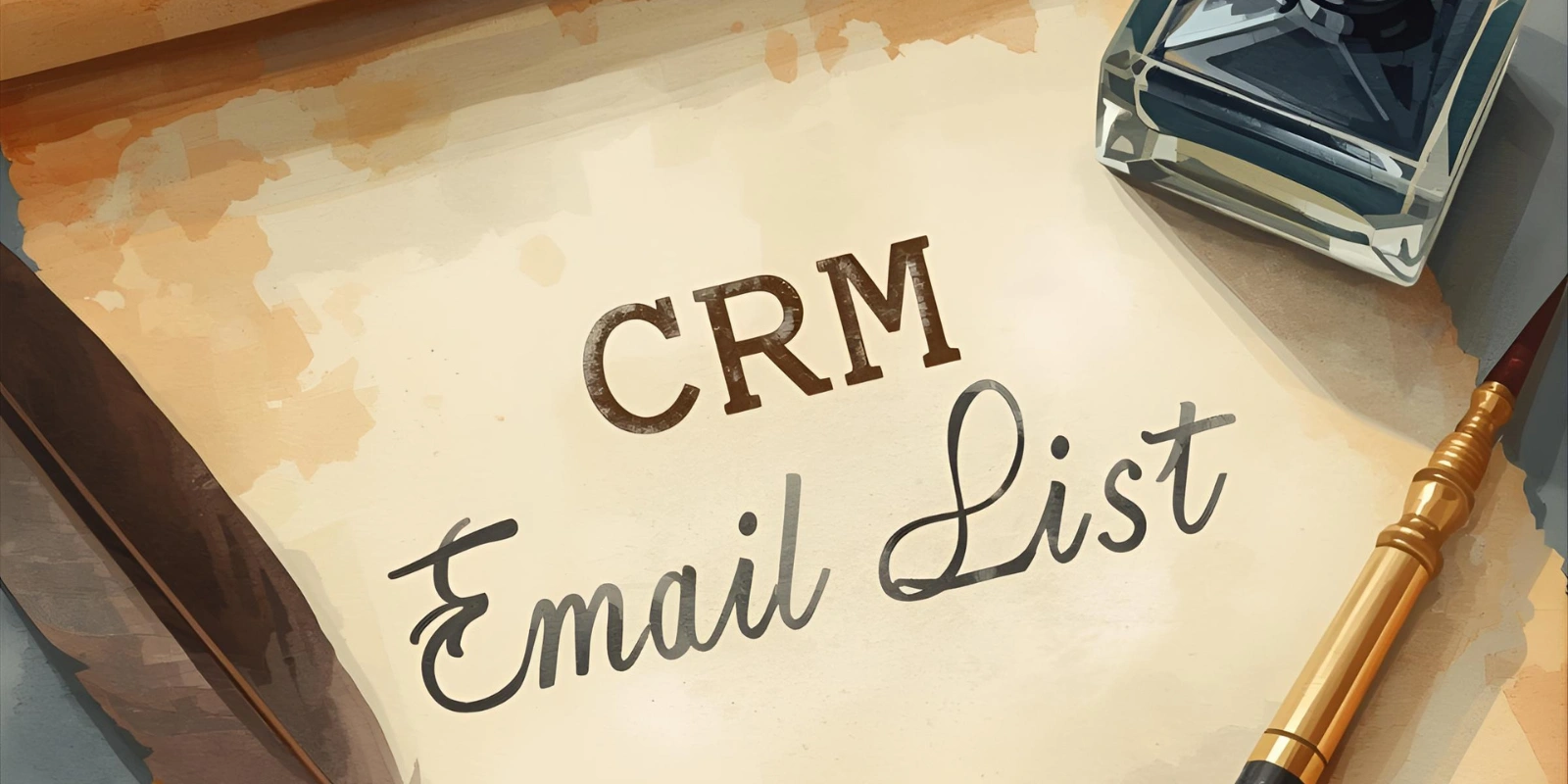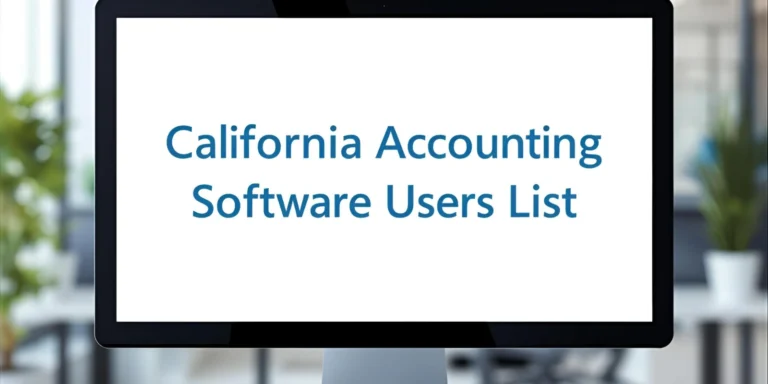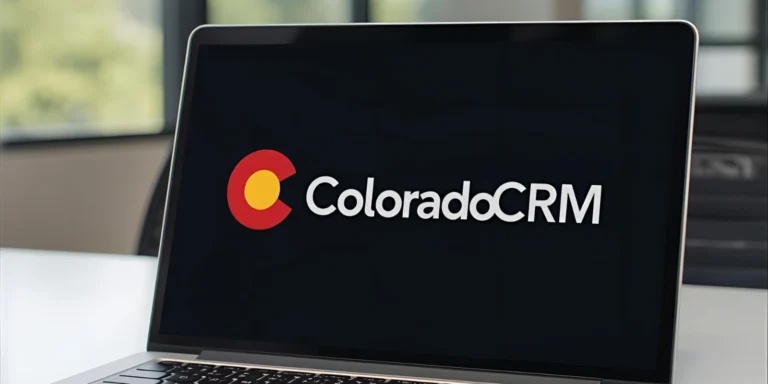How to Qualify Leads within a CRM Users Email List: A Complete Blueprint
In the digital age, email is a bridge connecting hundreds or thousands of CRM users with the businesses eager to help them solve problems. Yet, not every contact deserves the same energy or message. Lead qualification is the essential process of discerning which contacts within a CRM users email list are most likely to convert into loyal customers. By elevating your qualification standards and using the data already available in your CRM, you maximize the efficiency and impact of your marketing efforts, save resources, and improve sales outcomes. This guide provides a comprehensive blueprint for identifying, scoring, and nurturing the highest-value leads within any CRM email lead qualification.
What is Lead Qualification in CRM?
Lead qualification is the systematic approach of evaluating contacts in your CRM email list to identify who is ready for action. Qualification uses specific data points to filter out low-potential contacts so your outreach focuses on individuals most aligned with your products and services. This process is critical for sales teams seeking to prioritize warm prospects, craft personalized messaging, and move leads down the funnel efficiently.
When working with a CRM users email list, qualification typically centers on three categories of data:
- Demographic: Details about a contact’s role, responsibilities, and career stage
- Firmographic: Information about the company they work for, its size, industry, revenue range, and business model
- Behavioral: Tracking engagement signals such as email opens, link clicks, website visits, and event registration
Each of these factors can reveal a prospect’s intent and likelihood to take action. The more data you track and analyze, the more refined and accurate your qualification criteria become.
Key Lead Qualification Criteria for CRM Email Lists
Developing a robust qualification framework involves examining several critical data points:
Demographics
- Job title and authority level
- Location, including region and timezone
- Department or function within the organization
Firmographics
- Company size and annual revenue
- Industry sector and niche specialization
- Technology stack, particularly which CRM platforms are in use
Engagement Data
- Email open rates and response timestamps
- Click-through rates and resource downloads
- Social interactions and replies to surveys or feedback requests
Behavioral Signals
- Frequency of email or website interactions
- Attendance at webinars, events, or virtual demos
- Requests for additional information or personalized meetings
Alignment with Ideal Customer Profile (ICP)
- Match between the contact’s attributes and your most successful past customers
- Any unique criteria determined by your sales or marketing teams
Step-by-Step Lead Qualification Process
Every high-performing marketing team follows a structured approach to qualify leads efficiently. The process may include:
Comprehensive Data Collection
Gather all relevant contact information, engagement metrics, and behavioral data from your CRM. Regularly clean and update this data to ensure compliance and accuracy.
Scoring and Segmentation
Design a scoring model that assigns value to each activity or attribute. For example, assign higher scores for contacts who request demos, download whitepapers, or have decision-making titles. Build segments based on lead scores: hot, warm, and cold.
Intent and Activity Assessment
Evaluate which contacts have shown recent interest or action, such as opening multiple emails in the last month or interacting with specific types of content.
Automation and Workflow Integration
Set up automated rules and workflows to adjust lead scores as engagement changes. Use your CRM’s automation features to notify sales staff or trigger targeted email sequences when leads reach a certain score.
Feedback Loop with Sales Teams
Share top-qualified leads with your sales team and gather feedback. Refine scoring and qualification criteria based on which leads consistently convert and which do not.
Building and Implementing a Lead Scoring System
Lead scoring is the foundation for segmenting and prioritizing contacts in your CRM users email list. A scoring system assigns points based on explicit data like job title and implicit behavior like click rates. Here’s how to develop an effective scoring model:
Tools and Features for Lead Qualification in Popular CRMs
Modern CRMs equip marketers with powerful tools for automating and tracking lead qualification, including:
- Salesforce: Einstein Lead Scoring, custom fields, automated assignment rules
- HubSpot: Built-in lead scoring, list segmentation, detailed analytics dashboards
- Zoho CRM: Criteria-based scoring, workflow automation, advanced filters
- Pipedrive: Smart Contact Data, customizable pipeline stages
- Integrations: Use tools like Leadfeeder for visitor tracking, Clearbit for data enrichment, and connect with Zapier to automate custom workflows
Key Features to Utilize
- Automated segmentation: Sort leads by score or status
- Workflow triggers: Notify sales teams or start nurture campaigns based on lead activity
- Analytics dashboards: Visualize lead quality and conversion trends
- Permissions and compliance tracking: Ensure all outreach respects privacy regulations
Tactical Tips for Segmenting Your Email List
Segmenting turns a broad email list into targeted outreach groups. Strategies may include:
- Industry vertical segmentation: Tailor messages and offers by sector for better relevance
- Persona-based segmentation: Group contacts by role, seniority, or business pain points
- Engagement-based segmentation: Move highly engaged leads into fast-track nurture sequences, target cold leads with re-engagement initiatives
- Geographic segmentation: Localize content and offers for specific regions
- Buying stage segmentation: Identify prospects at awareness, consideration, and decision stages
Segmentation unlocks superior response rates and allows for more personalized, effective communication.
Common Mistakes to Avoid in Lead Qualification
- Relying solely on open rates or superficial engagement metrics
- Failing to update scoring and segmentation logic based on conversion results or shifting market needs
- Using purchased or opt-out lists that lack compliance with data privacy regulations
- Not maintaining consistent data hygiene, resulting in duplicate or outdated contacts
Address these pitfalls through regular review, proactive data cleaning, and ongoing cross-team collaboration.
Lead Nurturing: Converting Qualified Leads into Customers
Once leads are qualified, the focus shifts to nurturing with tailored email campaigns:
- Personalize follow-ups based on segment and lead score
- Use drip campaigns that deliver value and answer objections
- Track interaction, responses, meetings booked, secondary conversions, and continue to optimize messaging
- Automate progression through the sales funnel using CRM-driven workflows
- Move dormant leads into targeted reactivation campaigns
Continual communication, driven by behavior and fit, will maximize your conversion rate and build loyalty.
How to Qualify Leads in Your CRM Users Email List
- Define your ideal customer profile and alignment criteria
- Gather and validate complete contact and engagement data
- Build a customized lead scoring model
- Segment contacts and prioritize outreach
- Automate qualification workflows in your CRM
- Collaborate with sales for feedback and adjustment
- Monitor key metrics and conversion rates
- Routinely review and clean your list to ensure data freshness and compliance
Conclusion
ResearchCaptive’s expertise in qualifying leads within CRM users email lists transforms raw contacts into a flow of high-quality opportunities. By relying on advanced data analysis, thoughtful segmentation, and dynamic lead scoring, ResearchCaptive consistently increases its outreach performance and conversion rates. The process is ongoing, requiring routine refinement, CRM hygiene, and adaptation to new trends. With ResearchCaptive’s strategies, your CRM users email list becomes not just a database, but a pipeline for lasting business growth and client relationships.
If you’d like customized templates, scoring models, or help optimizing your campaigns with ResearchCaptive, just ask!







